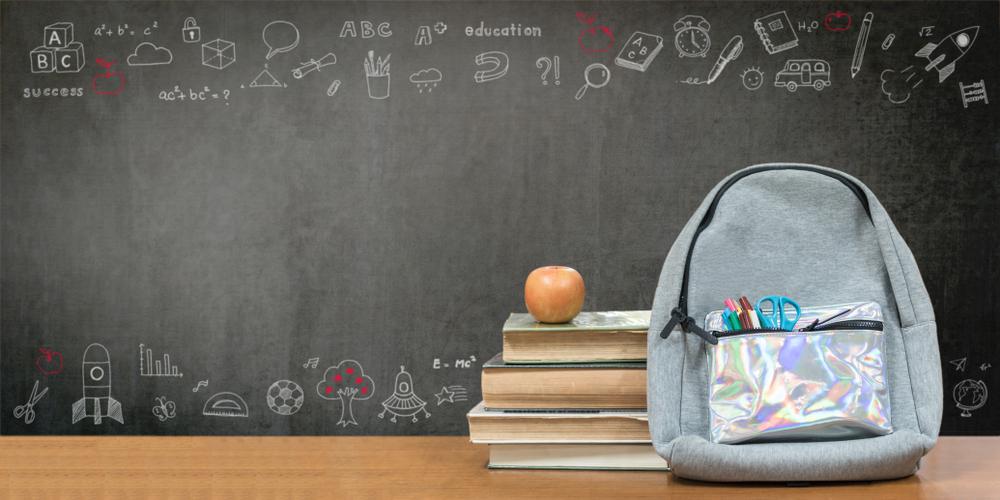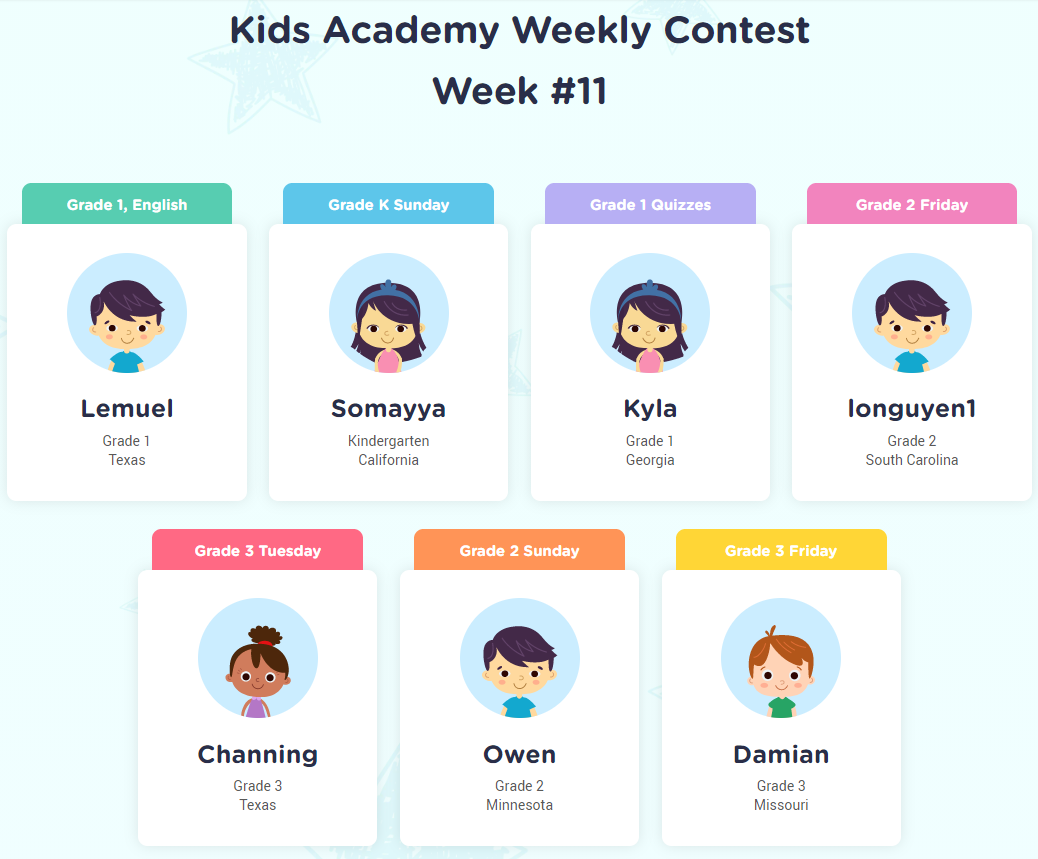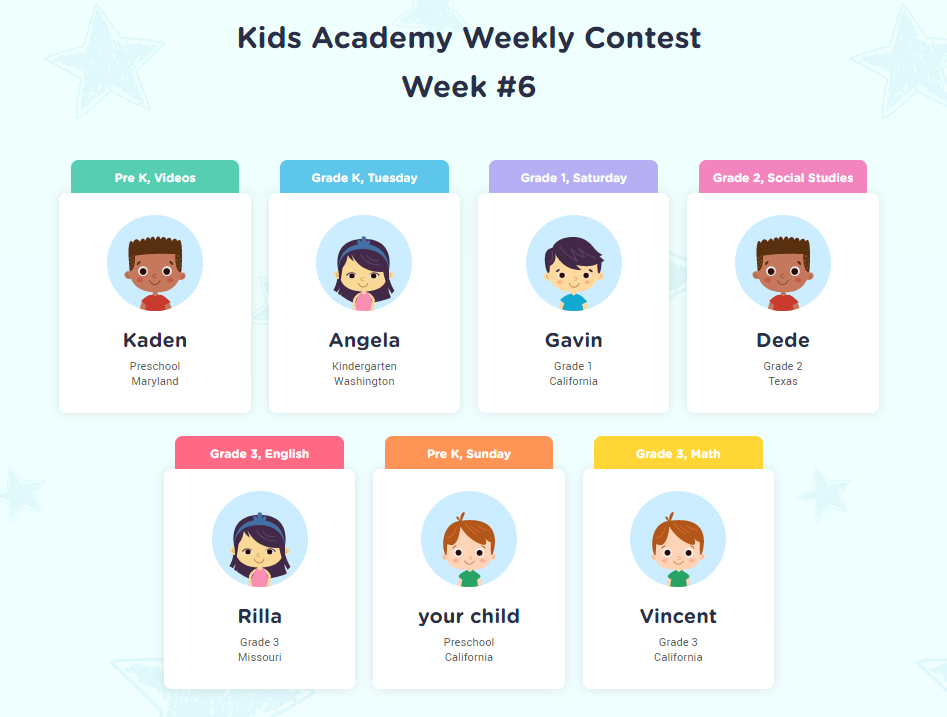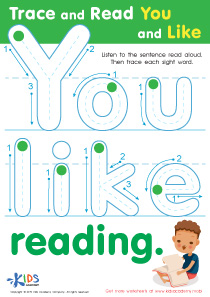Color recognition Normal Grade 1 Worksheets
20 filtered results
-
From - To
Welcome to our Color Recognition Normal Grade 1 Worksheets! Designed specifically for first graders, these engaging and interactive worksheets help students identify and differentiate colors in a fun, educational way. Each worksheet features vibrant illustrations and a variety of activities, including coloring, matching, and visual recognition exercises that support skill development. Perfect for reinforcing classroom learning, our resources encourage creativity and enhance fine motor skills. With a focus on foundational color recognition, these worksheets make it easy for young learners to explore and enjoy the world of colors. Start fostering a love for learning today with our printable worksheets!


Christmas: Night Before Christmas Printable
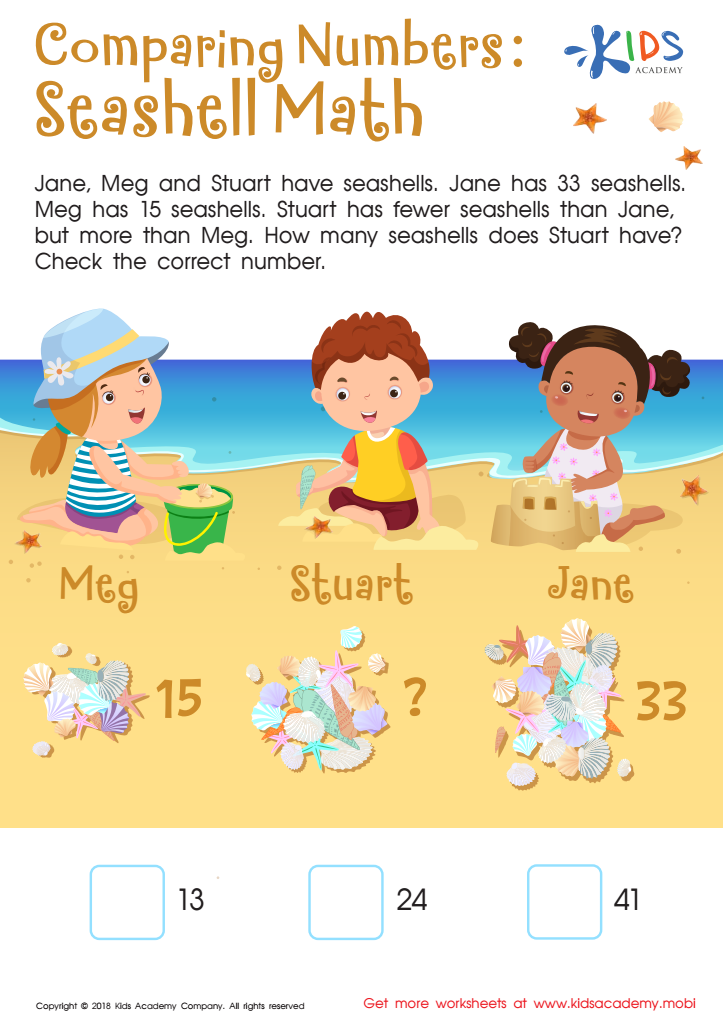

Seashell Collectors Worksheet
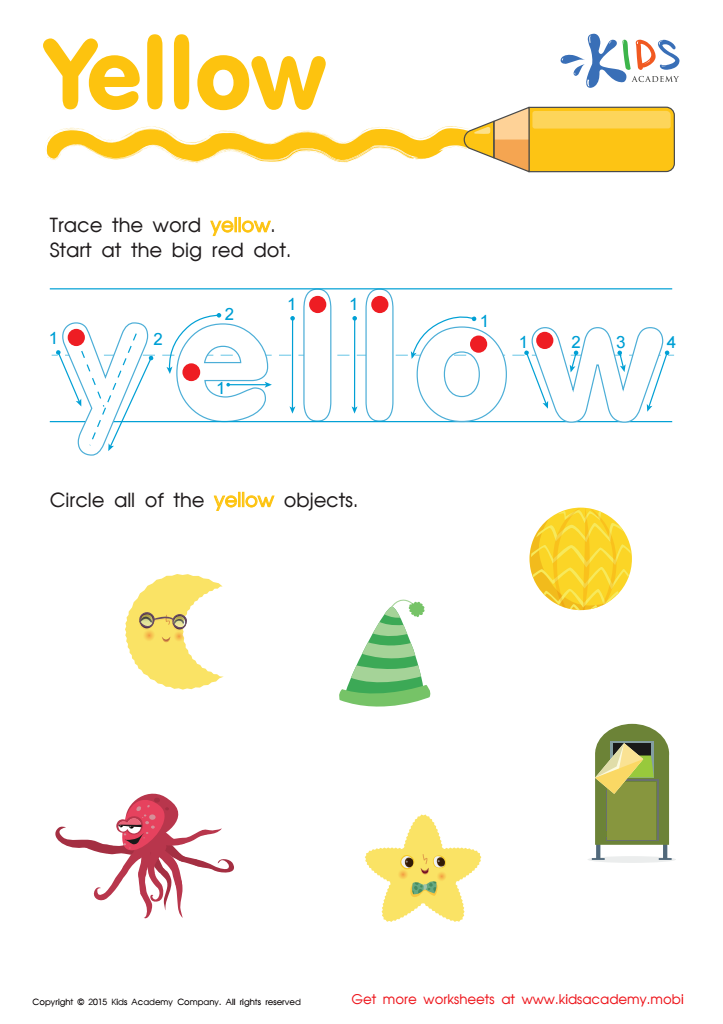

Yellow Tracing Color Words Worksheet


Twinkle Twinkle Little Star Coloring Page
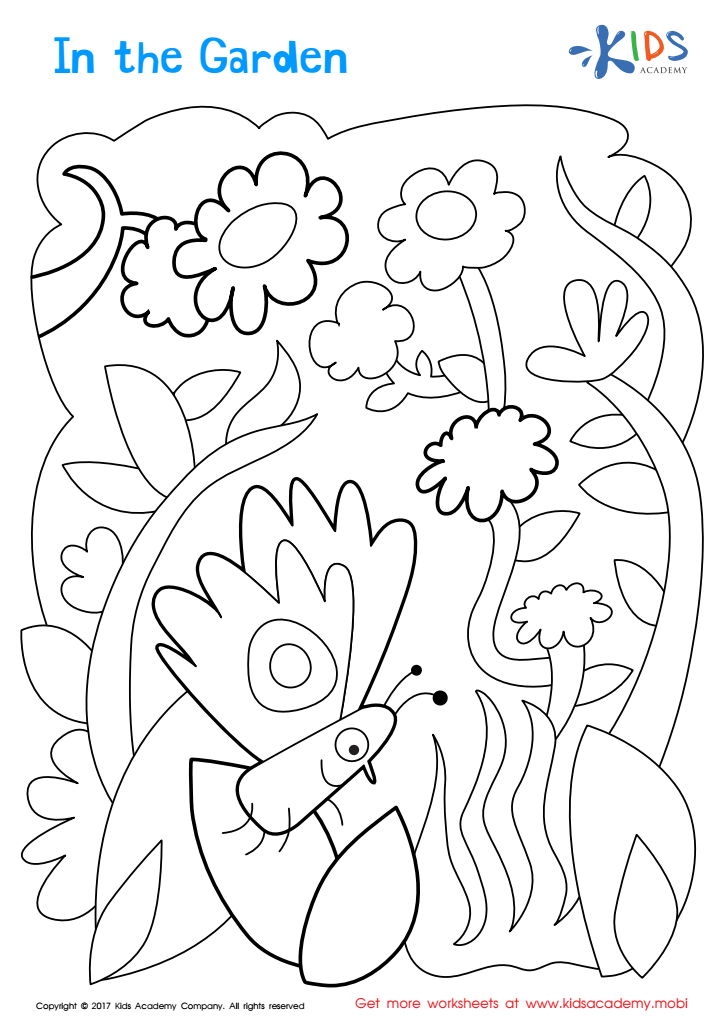

In The Garden Coloring Page
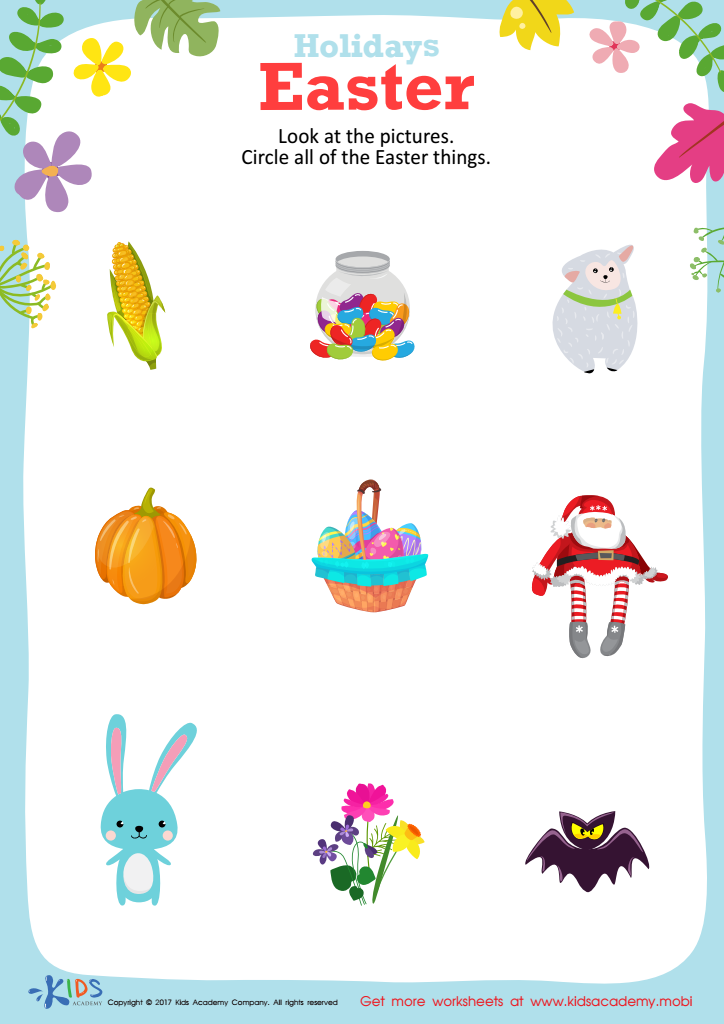

Easter Holiday Printable


Pink Tracing Color Words Worksheet
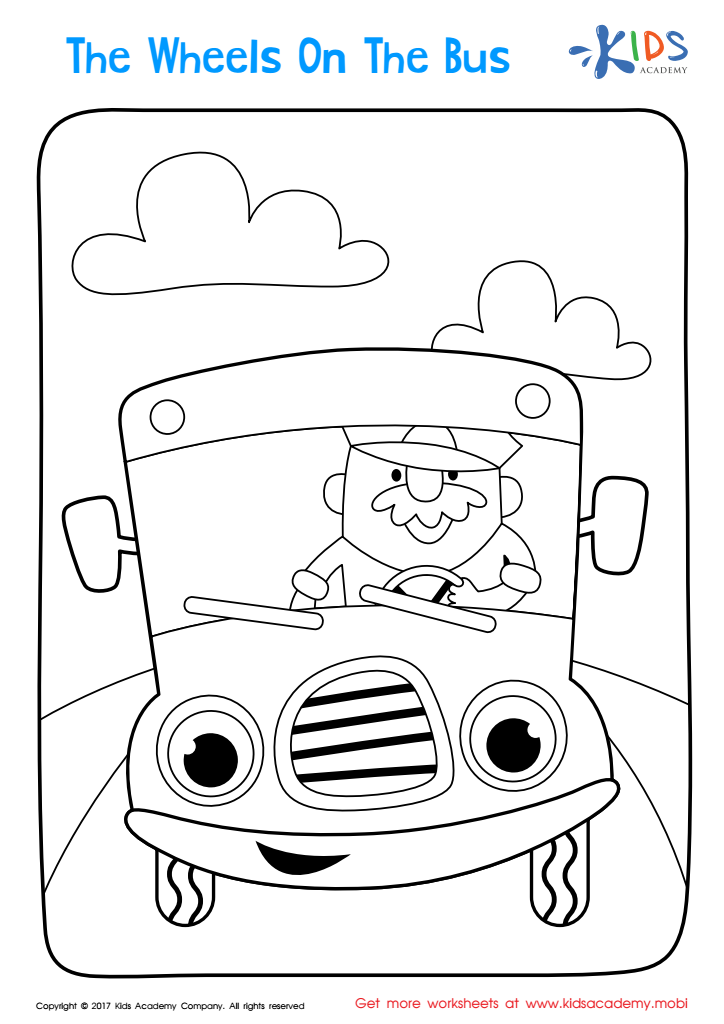

The Wheels on the Bus Coloring Page
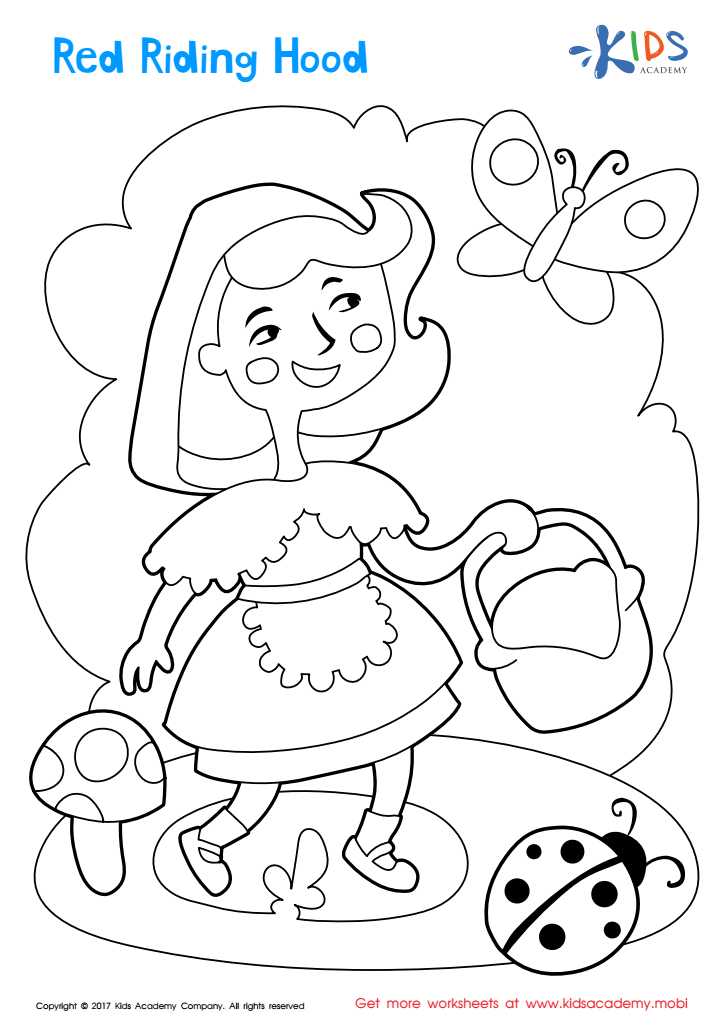

Red Riding Hood Coloring Page
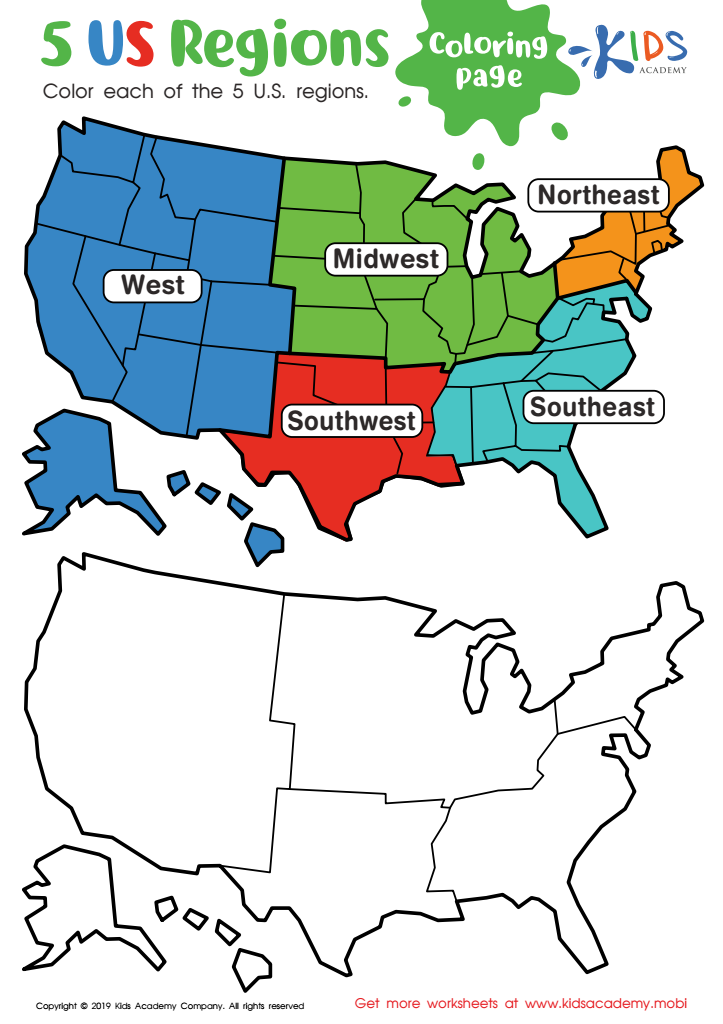

US Regions Coloring Page Worksheet
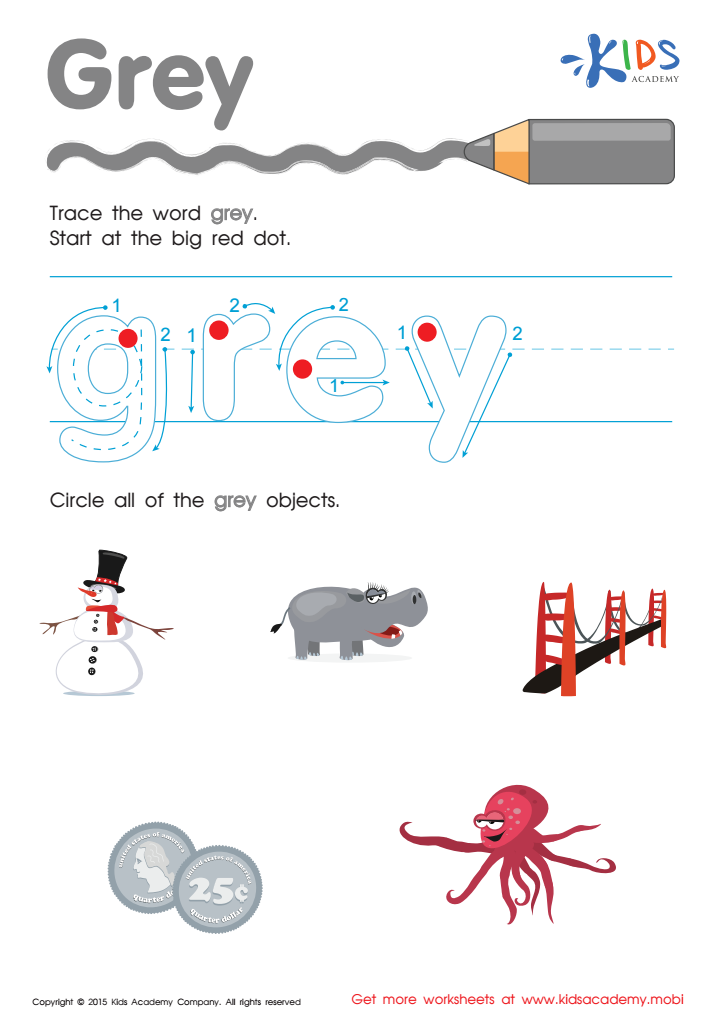

Grey Tracing Color Words Worksheet
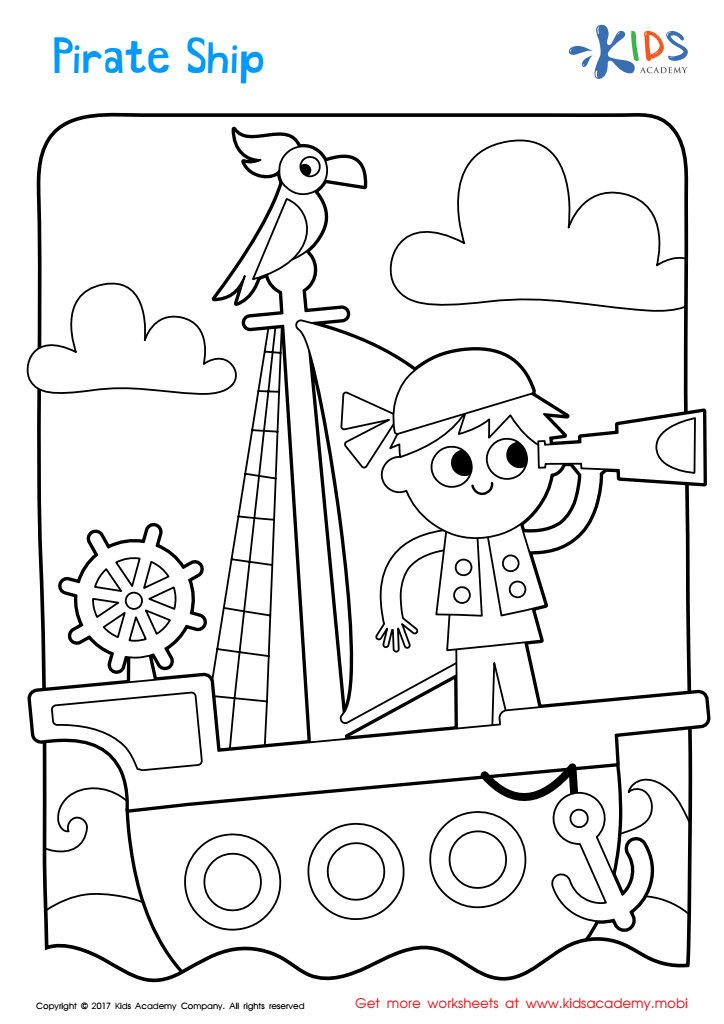

Pirate Ship Coloring Page
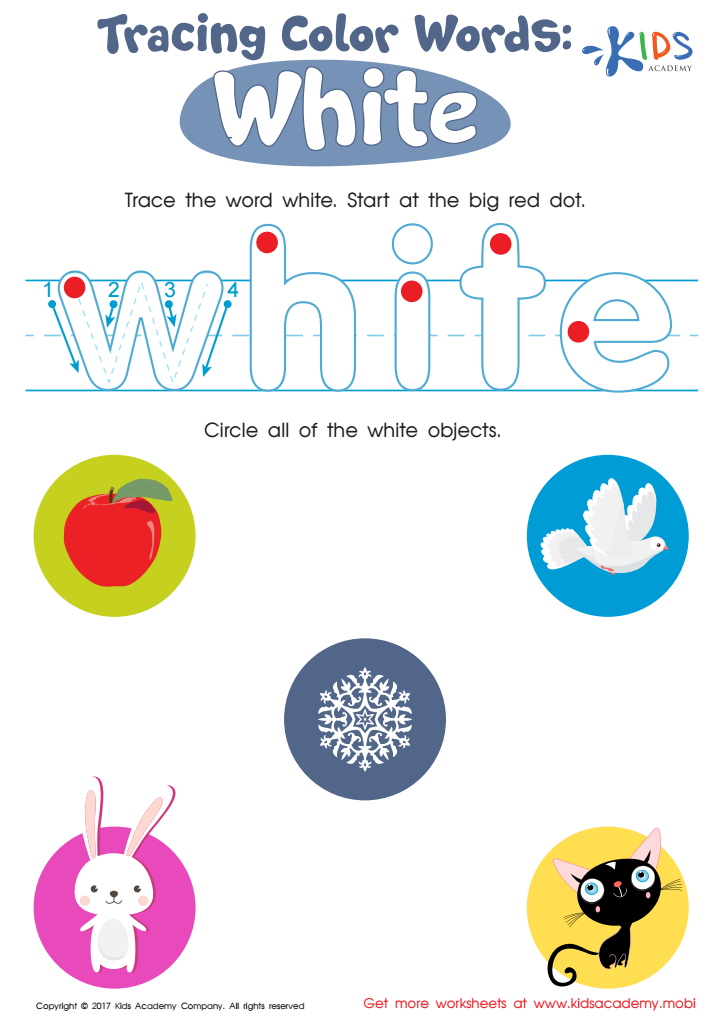

White Tracing Color Words Worksheet
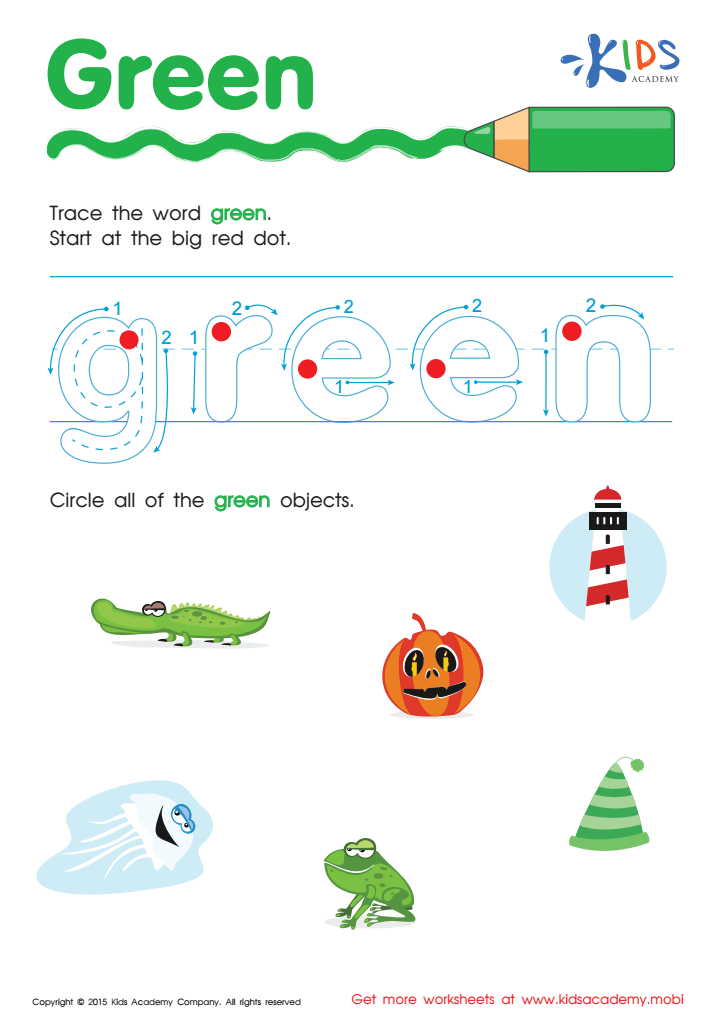

Green Tracing Color Words Worksheet
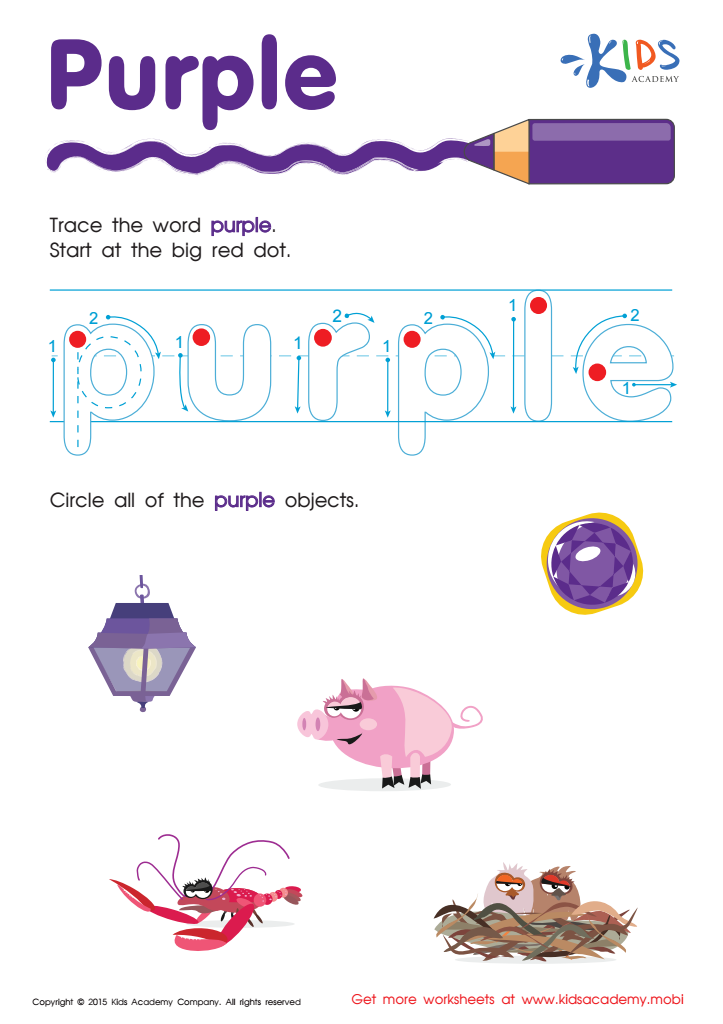

Purple Tracing Color Words Worksheet
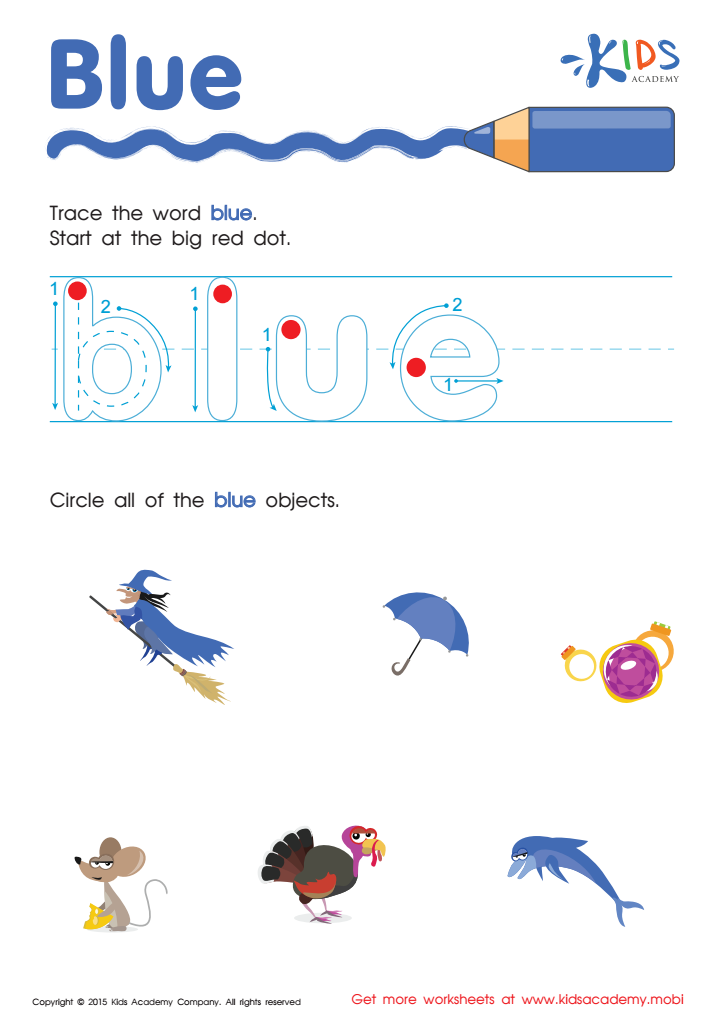

Blue Tracing Color Words Printable
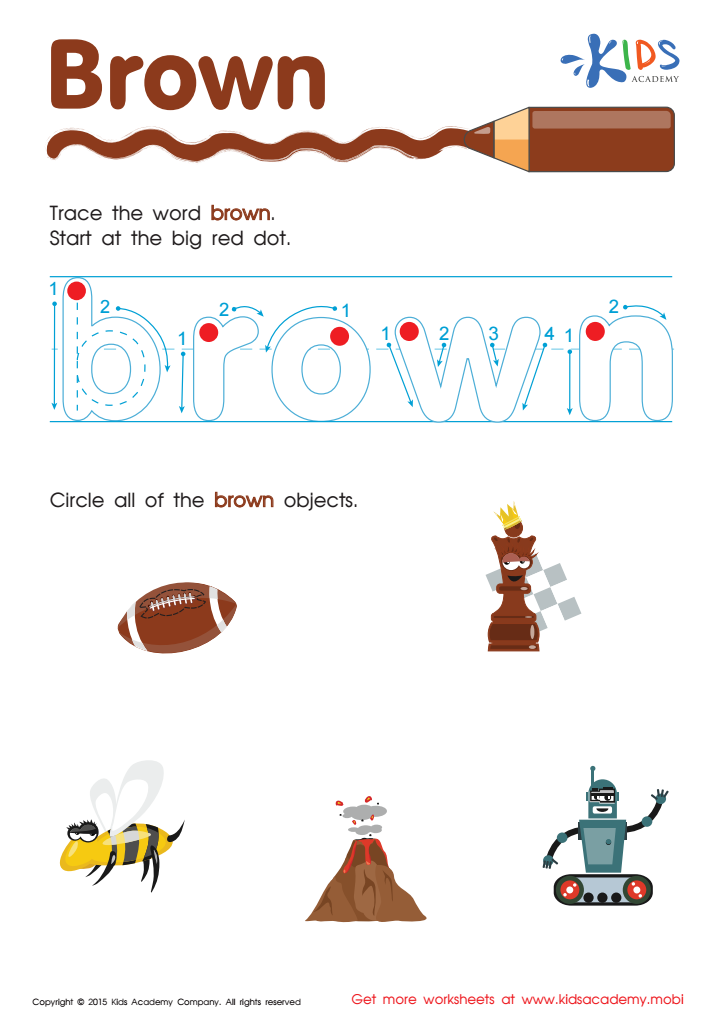

Brown Tracing Color Words Worksheet
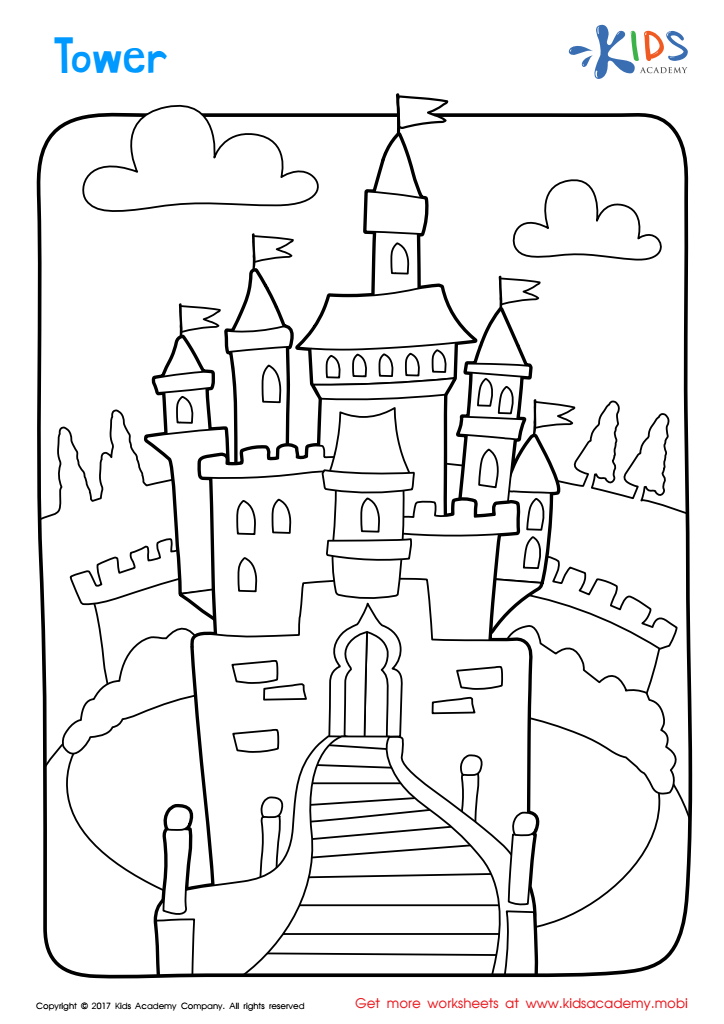

Tower Coloring Page
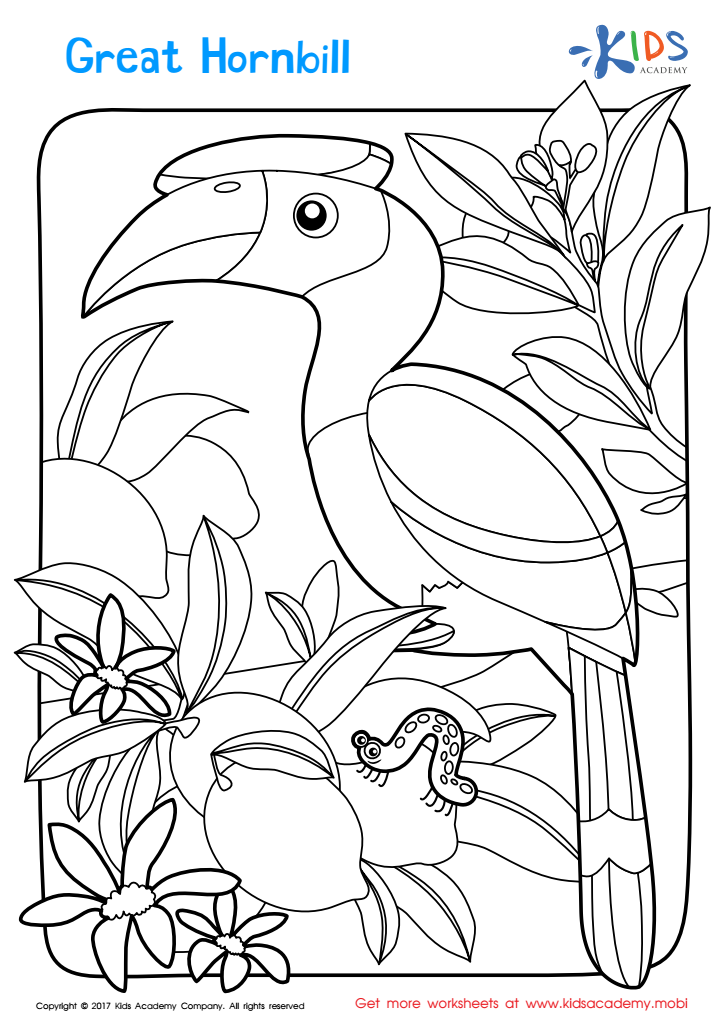

Great Hornbill Worksheet
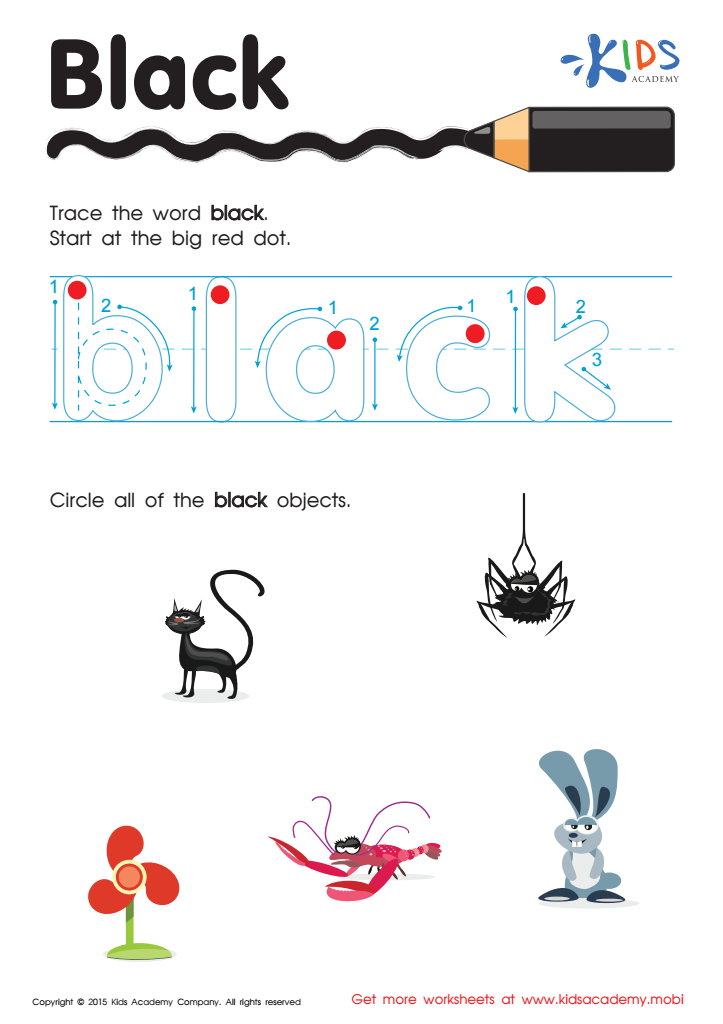

Black Tracing Color Words Printable
Color recognition is an essential skill for Grade 1 students that plays a critical role in their overall development. Firstly, it aids in cognitive development by enhancing memory and attention. When children learn to identify colors, they strengthen neural connections in their brains, which supports various learning processes.
Furthermore, color recognition is vital for language development. Children learn to associate colors with words, enriching their vocabulary and facilitating communication. This skill also enhances creativity; as students explore colors in art projects and play, they express their emotions and ideas.
From a practical standpoint, color recognition helps children in daily activities. It lays the groundwork for sorting, categorizing, and recognizing patterns—a foundational skill in mathematics and science. Understanding colors is also crucial for safety, as students learn to identify signals and signs in their environment.
Lastly, color recognition fosters social interaction. As children play and engage in group activities, discussing colors helps them practice cooperation and communication skills. This promotes a positive classroom environment and strengthens relationships.
Ultimately, parents and teachers should prioritize color recognition in Grade 1 as it supports children's cognitive, linguistic, creative, and social development, setting the stage for lifelong learning.
 Assign to My Students
Assign to My Students







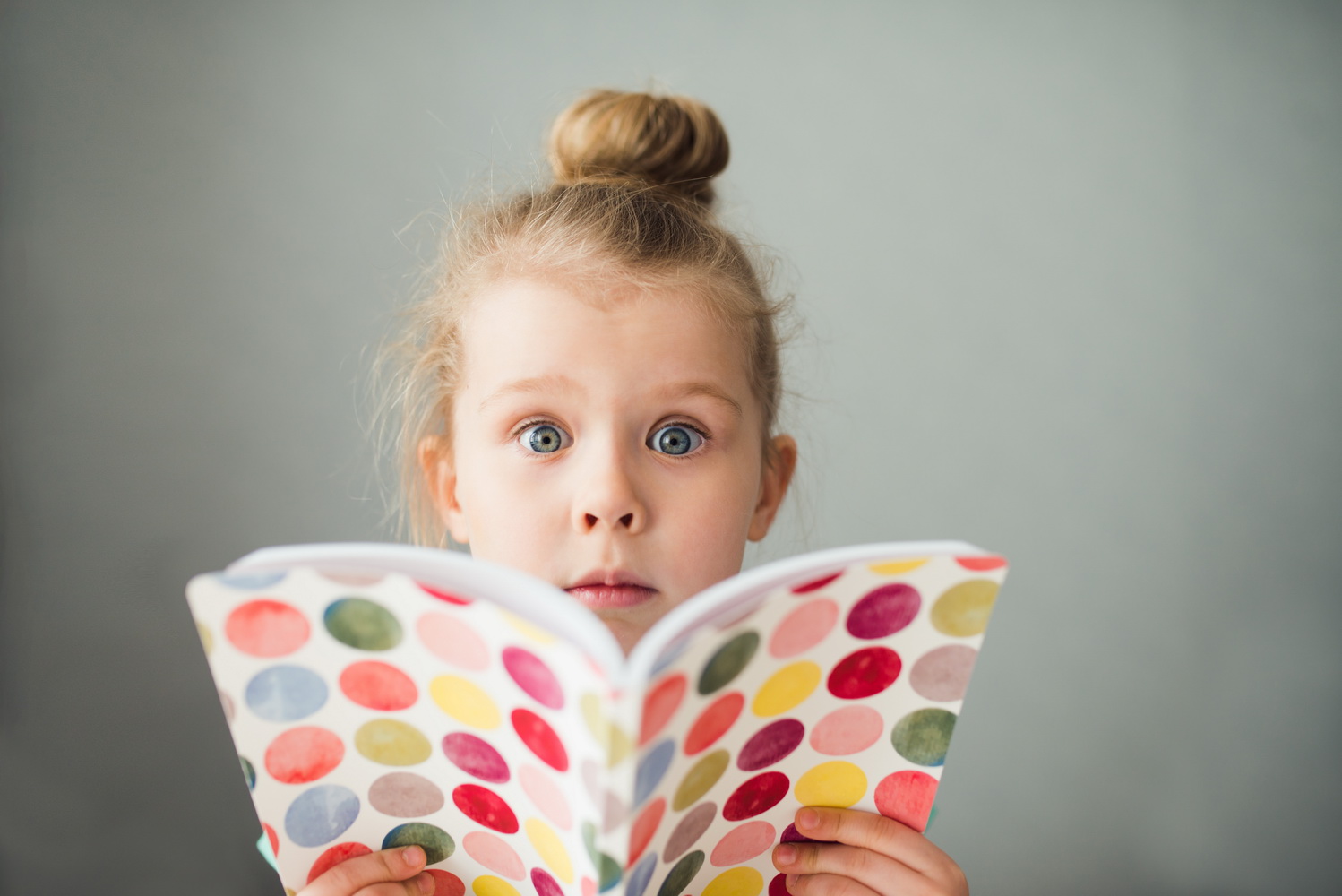

.jpg)
